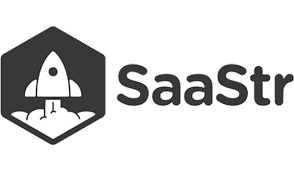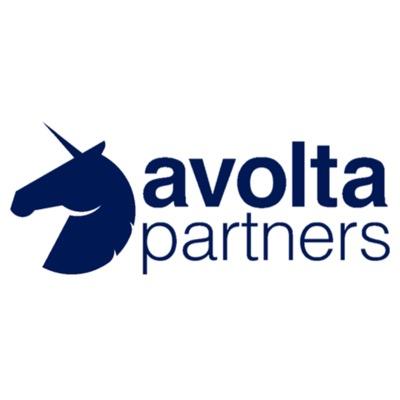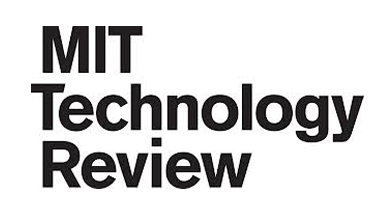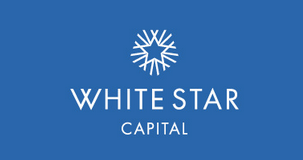This week, four SaaS companies I’ve been involved with as an investor, advisor, board member, etc. since the very early days all announced or raised $25m+ rounds … 2 more are about to announce them … and another (Automile) recently announced one:
- RainforestQA announced a $25m+ Series B
- Front announced a $66m Series B
- Showpad announced a $25m Series B
- Automile announced a $34m Series B
- Logikcull announced a $25m+ Series B.
Having so many raise these Series B’s at almost the same moment in time = a bunch of learnings here.
I don’t want to share anything confidential or unique — but I thought it would be useful to share some learnings because all 5 of these SaaS start-ups share two characteristics:
- They are all really, really, really good companies with great CEOs … and/but
- They all have plenty of at least nominal/seeming competition.
And one thing that frustrates so many founders is to see someone adjacent to them, or even competitive to them, raise a Big Round when they are struggling to raise any money at all. Why them — and not us?
So let me share just a few commonalities between all these great start-ups, all of which are doing quite different things:
- Very close to very repeatable processes. Everyone has challenges, but what folks raising a $25m+ round all tend to have is at least a seeminglyrepeatable process. Not that’s it’s all truly figured out. Everything is always lumpier than it looks from the outside. None of these 5 have all the perfect VPs in place, or absolutely linear growth, even at the $25m round stage. But all 5 of these SaaS startups are not just growing at outlier rates. They are also growing relatively smoothly. That matters. If you’re too lumpy, with a bad quarter followed by a good followed by a bad, it’s much harder. Most importantly, they are pretty good at metrics. They know how their business model (CAC, CLTV, NPS, etc.) works pretty effectively at this point. This gives both the reality and illusion that $1 of investment will likely yield much more than $1 in ARR, day-in and day-out.
- Top 10% growth rates. Everyone is looking for this for the big checks. It is a fact of life. Triple triple double double. $1m to $10m in 24 months or ideally less. Growing at least 100% year-over-year by the time you cross or are about to cross $10m ARR. There are different ways to calculate the Top 10%. And some VCs will stretch it a bit on growth rates, cut you a little slack, especially after $10m ARR or so. But you probably know if you are in or close to the Top 10% for growth — or not.
- Vision and charisma. Yes, it matters. Large checks are about a combination of (x) today’s strong metrics and (y) tomorrow’s vision. Metrics alone without a vision to building a category winner aren’t enough (or vice-versa). Practice. Get better here. Make sure investors know why and how you’ll get to $100m and even $300m+ ARR. That’s the vision part. And charisma — note there are different types. Relentless drive. Command of customers. Inspirational. Etc. You don’t have to be a Barack Obama or Ronald Reagan. But find your own charisma. Be authentic — focus on what you know best and are most passionate about. Not just what you think people want to here.
- Social proof does help — a lot — but it fades as time goes on. Some of these start-ups have great social proof (fancy early investors, YC, etc). But other’s don’t. Social proof helps a lot. No doubt about it. But it matters less, later.
- Privilege matters — but don’t let it get you down. In this group, we have female CEOs and lots of first-time CEOs and international founders and CEOs that have struggled in the past, and I think, zero CEOs from Harvard or Stanford. A fairly (not totally, but fairly) diverse group. Privilege is real, and privilege is super frustrating. Pattern matching is part-and-parcel of venture capital. But this group proves you can break through, at least partially. And maybe even that things are getting a tiny bit better here.
- Insane commitment. One thing I know from all 6 of these companies is all the CEOs are better than me, and even more committed. Are you? If not, that may be quite sane
- But assume a $25m+ round is going to be close to out-of-reach if VCs don’t think you have that crazy level of commitment to build a unicorn, or maybe even a decacorn.
- Very, very good at articulating their large, unique niche — even in a crowded space. There are 100 ways to do QA (RainforestQA), 1000 customer support products (Front), 100+ fleet management vendors (Automile), free and proven ways to do search (Algolia), etc. But they all have a very crisp way of defining why them. This helps the competition sort of fade away when you realize, for example, Automile for SMBs has a unique position (80+ NPS, 140% net negative churn, customer can self-deploy in 5 minutes) that is way, way different from both the legacy and the enterprise competition. Same with Front vs. Zendesk and others. But on the surface, even all of these winners can look superficially similar to 100 other vendors. As CEO, you need to be very, very good at this. A better feature here, a $1 a month cheaper product … you know this is not enough to raise $25m.
- Clear path to $100m+ ARR — and really, beyond. Get this right. It’s not just a model, it’s more than that — once you have real revenues. If you are rounding $10m in ARR, you should really know with some precision how you are going to get to $100m ARR and at least have a rough inkling of how you are going to get to $300m ARR.
- A track record of execution. Investors that write large checks want to see 5+ quarters of strong execution. This isn’t the same as perfect — not at all. And 1 or 2 of these quarters may well be lumpy. But in the aggregate — strong. A great VP added this quarter, faster growth the next, a strong product release, etc. They want to see an increase in excellence as time goes on. And at least at some levels, acceleration in momentum as you look at or cross $10m in ARR.
- And finally — and maybe most importantly — a strong sense you are having an easier time of it. Not easy — it’s never easy — but easier. This is my last point, but probably the most important of all for a $25m+ round. Yes, there may be 100 vendors in your space. But someone is having an easier time of it than the other 99. By that I mean, for a certain amount of inputs (effort, time, capital, marketing, etc.) … more revenue and higher quality product is coming out. This is what happens with the very, very best SaaS companies. They don’t work harder, they aren’t more committed than the next tier. They just produce more sales, more leads, higher NPS, and often, more high quality features than the next cohort. This is less important in early rounds (it can be hard to tell who will truly break out), but probably the most critical factor in a Series B. Show people why it’s getting easier, and why you are really breaking away from the pack. That’s when the wallet opens for a $25m+ check. Often very quickly.
I know this checklist isn’t all actionable. But at least it can give you some insights into Why.



